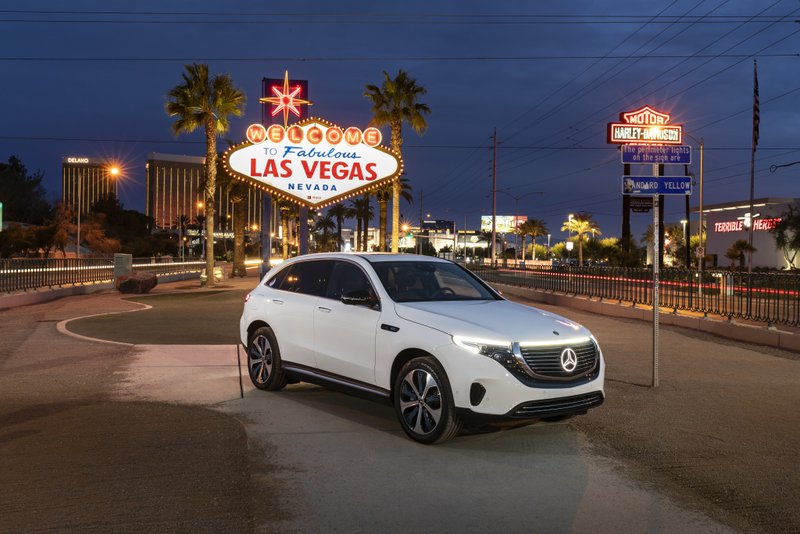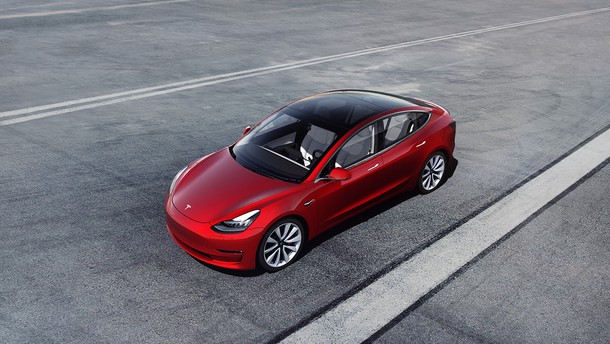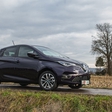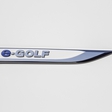
A lack of choice has been one reason that buyers have not fully embraced full-electric and electrified plug-in hybrid cars. But that is quickly changing as automakers prepare to launch more models to prepare for new emissions regulations that start to take effect in 2020.
The number of EVs on sale in Europe will increase to 24 this year from 18 last year as new vehicles such as the Audi e-tron, Tesla Model 3, Mercedes-Benz EQC, Mini EV and full-electric Volvo XC40 crossover hit the market, according to LMC Automotive data -- which excludes very-low-volume niche models. The number of plug-in hybrids will nearly double to 53 this year from 27 in 2018, LMC says.
But the real jump will come in 2020, when the number of full-electric cars on sale doubles to 48 and plug-in-hybrid choice reaches almost 100, according to LMC data.
Next year battery-powered cars underpinned by Volkswagen Group’s flexible MEB electric-car platform and aimed at the mass-market will go on sale. VW brand's Golf-sized I.D. hatchback will come first but it will soon be followed by MEB cars from the Audi, Skoda and Seat brands. They will have ranges of more than 550 km (342 miles), to ease range anxiety fears among car buyers.

It’s no coincidence that 2020 is also when the EU will start fining automakers for breaking agreed-upon carbon dioxide averages.
“We have only one target, which is to be compliant for CO2 targets for 2020, so 2019 will be the launch of all our electric and plug-in hybrid vehicles,” Maxime Picat, PSA Group’s operations director for Europe, told journalists in January.
PSA will launch plug-in versions of the Peugeot 508 midsize, 3008 compact SUV and Opel Grandland X compact SUV first, while the smaller full-electric cars -- the Peugeot 208e, Opel/Vauxhall Corsa and DS 3 Crossback -- will go on sale in 2020.
PSA’s tactic is expected to be repeated by other car companies. Their primary goal might be to comply with EU's targets but that is no small feat. Europe had its targets set pretty high. The sale of any car emitting less than 50 gram per kilometer of CO2 will count as two vehicles in 2020, 1.67 vehicles in 2021, 1.33 in 2022 and one by 2023. Then it gets tougher still. By 2025, automakers will have to lower CO2 levels by 15 percent from 2021 figures and by 37.5 percent by 2030. Again, selling more plug-in hybrid cars helps the manufacturer soften its targets, set at a minimum 15 percent of sales from electrified cars and vans by 2025, rising to 35 percent of car sales and 30 percent of van sales by 2030.
Electricity (and electrification) is here to stay. European Union is pressing hard on automakers, technology is advancing, EVs range is getting better, and infrastructure follows. When all the important automakers which hold the biggest market shares really go all out with their electrified model range we will surely also see a price drop - and that could be the cornerstone of the real electrified boom.





